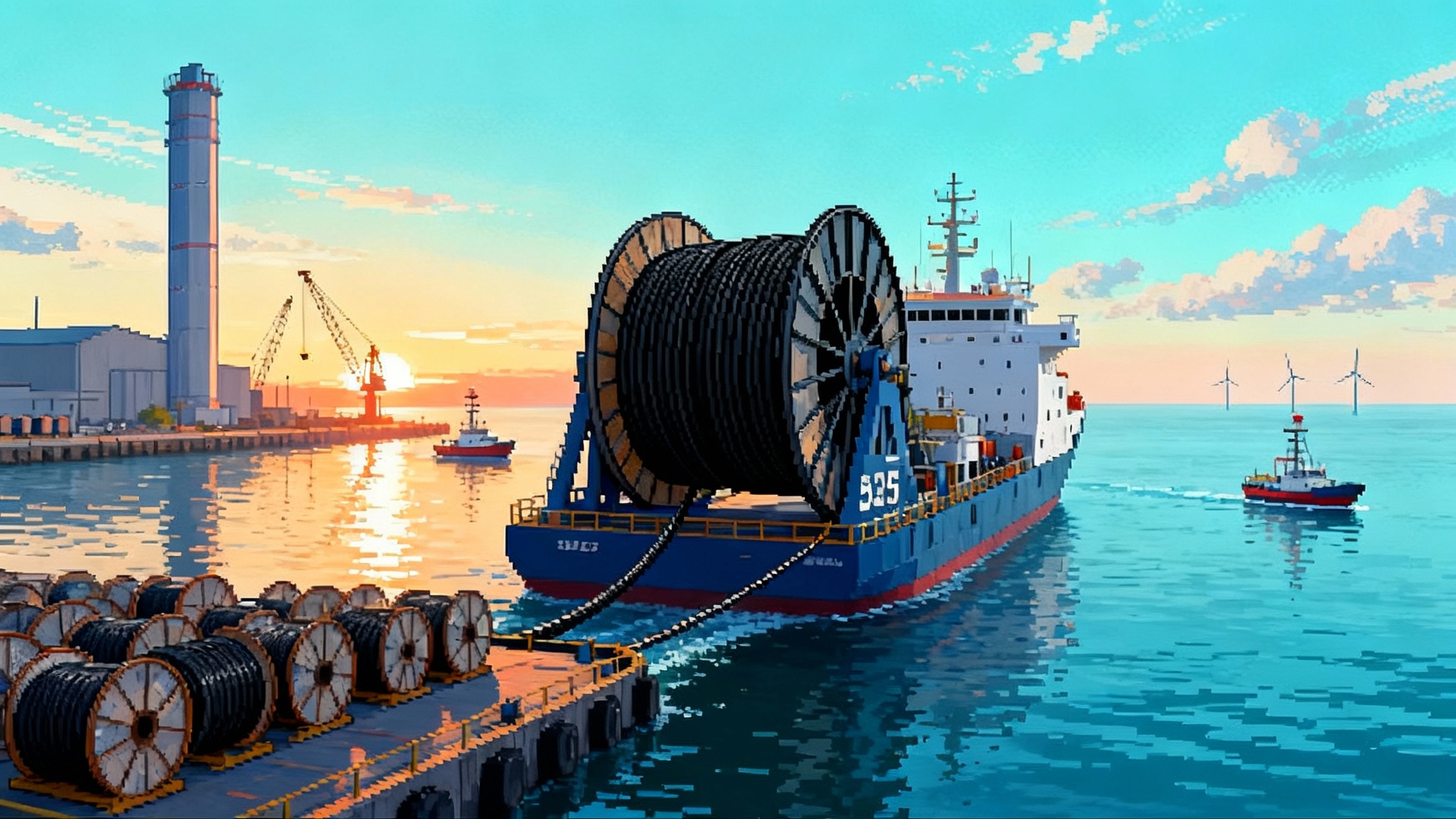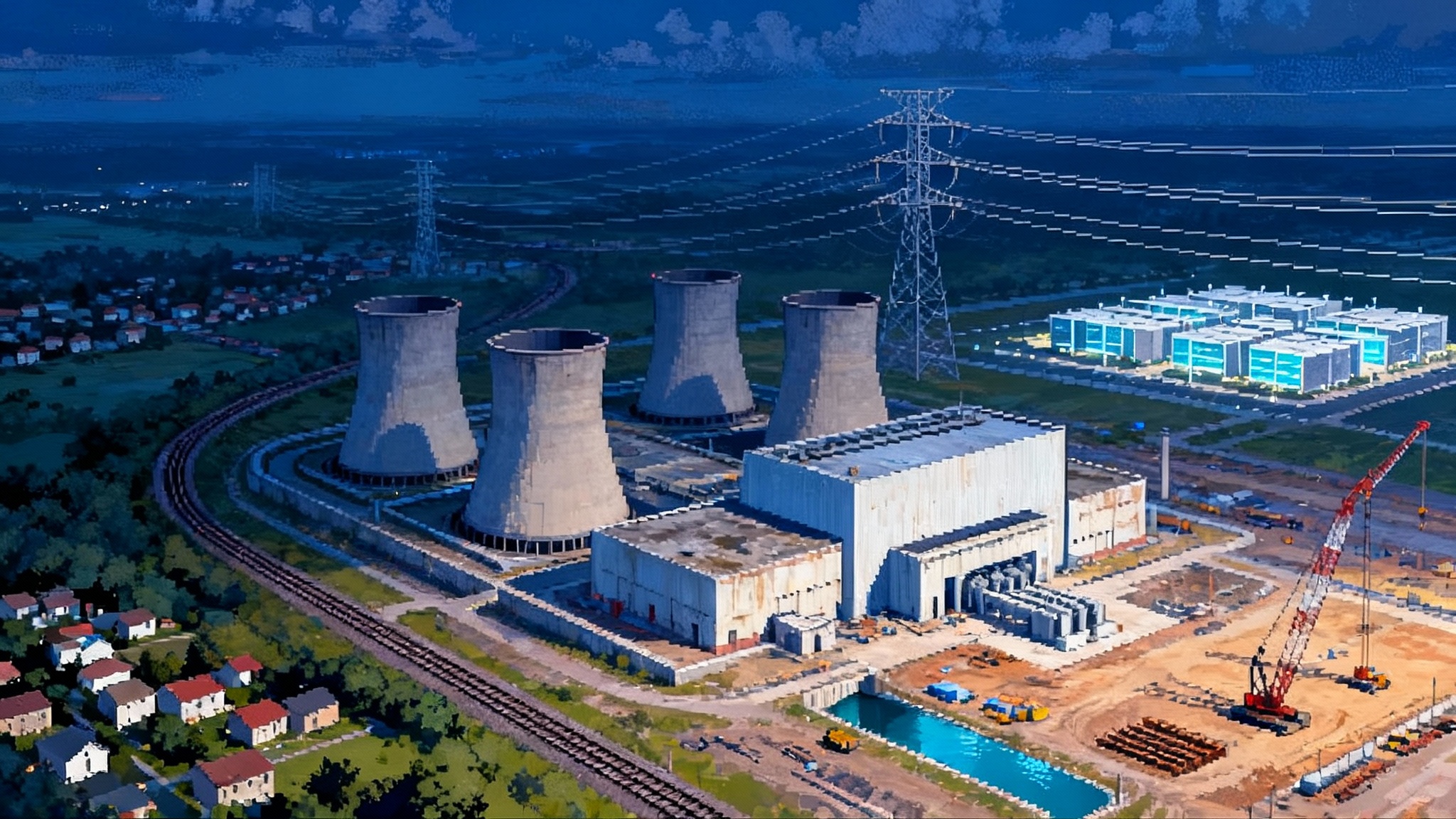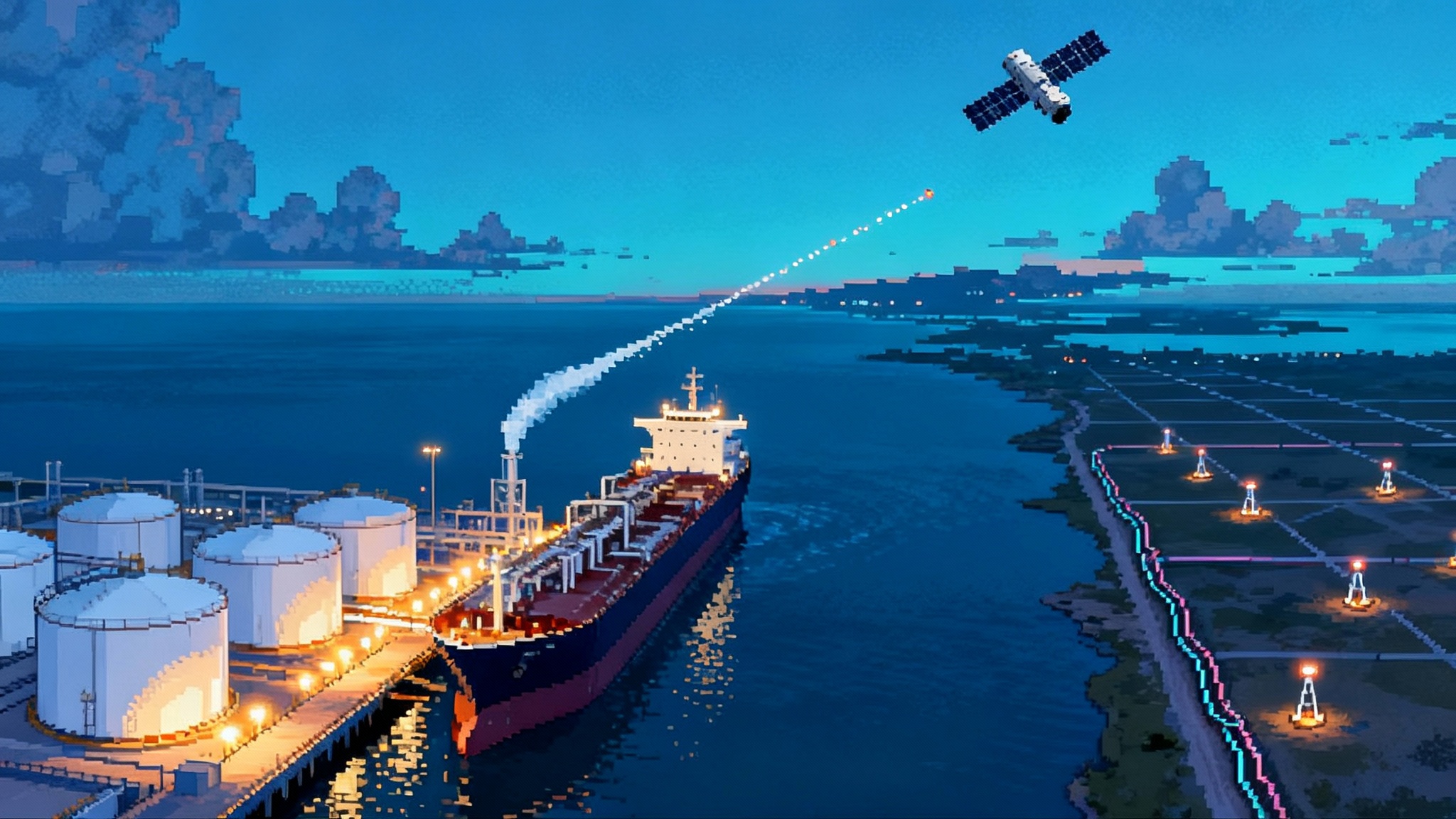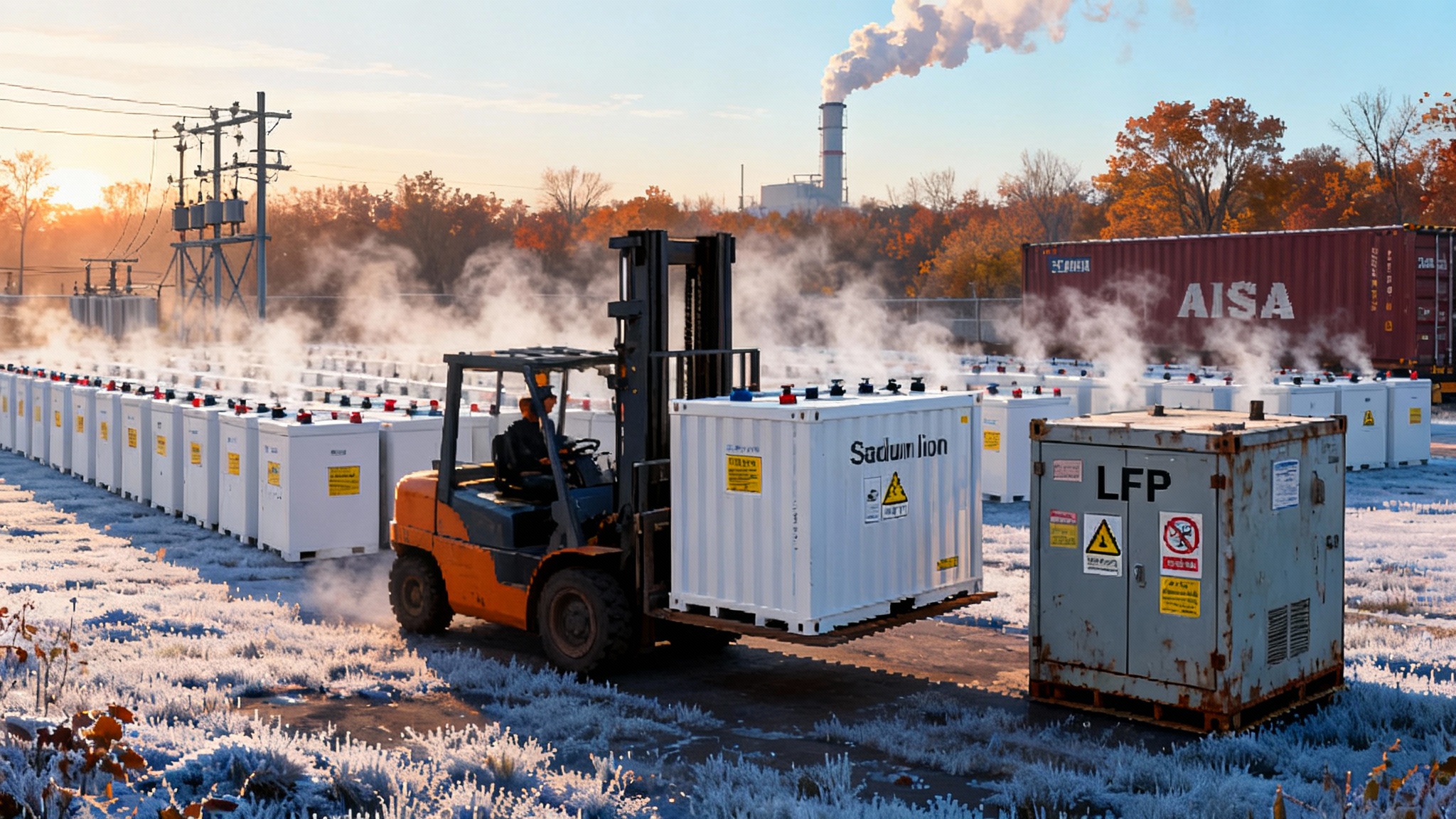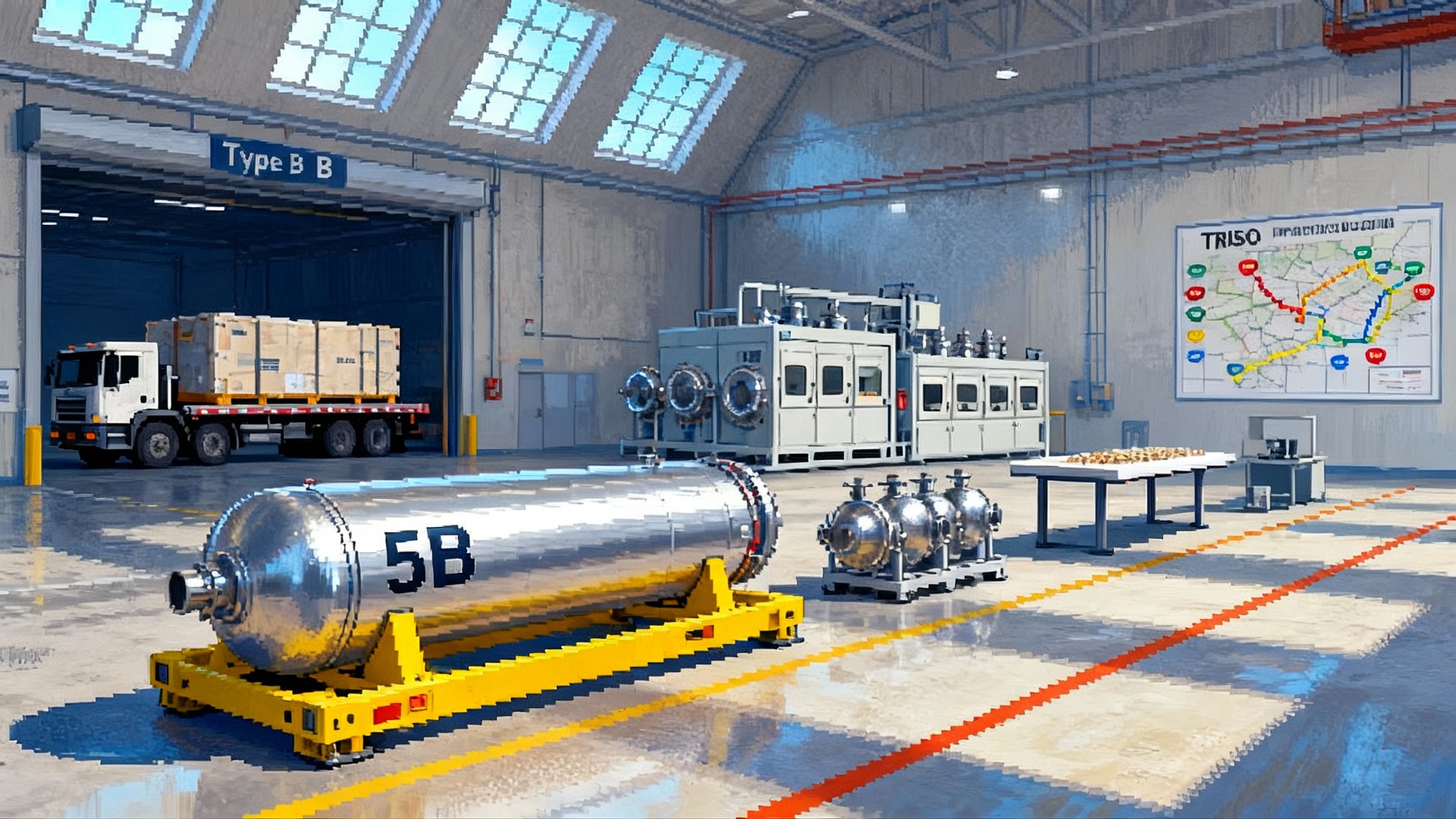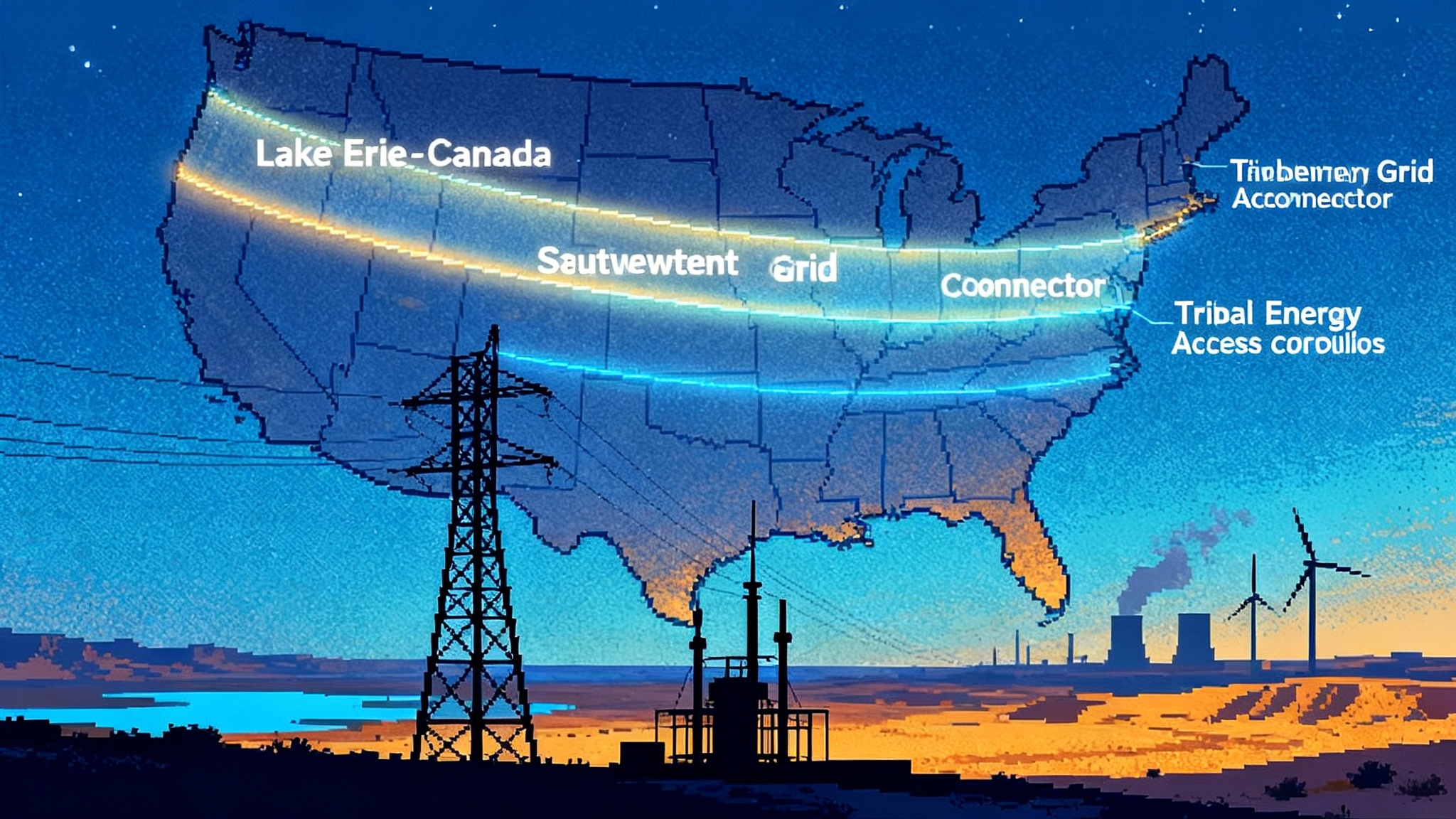The Hidden Wire of 2025: America's HVDC Cable Bottleneck
The headline constraint in 2025 is not turbines or permits but high-voltage direct current and subsea cable supply. Here is why the order book is tight and a 2026-2030 playbook to keep offshore wind and interregional lines on schedule.
